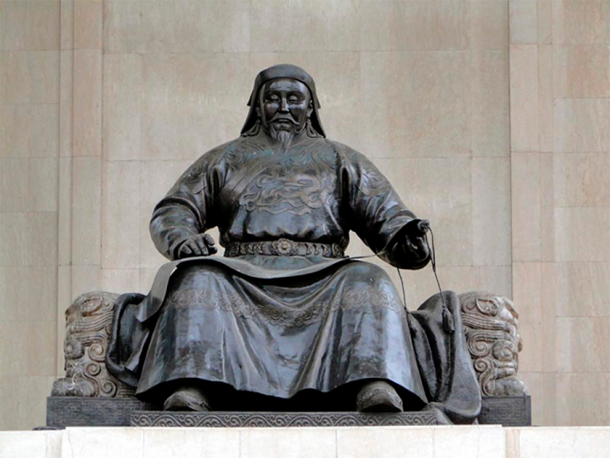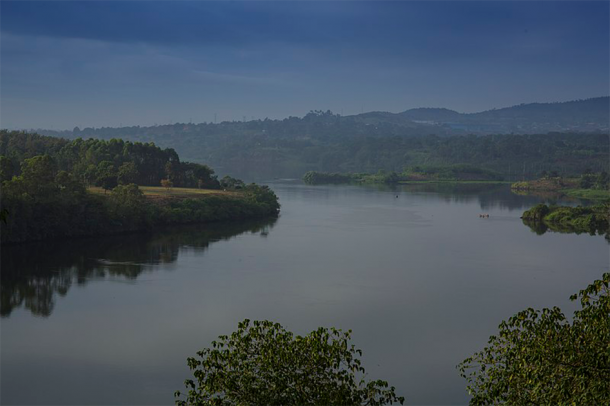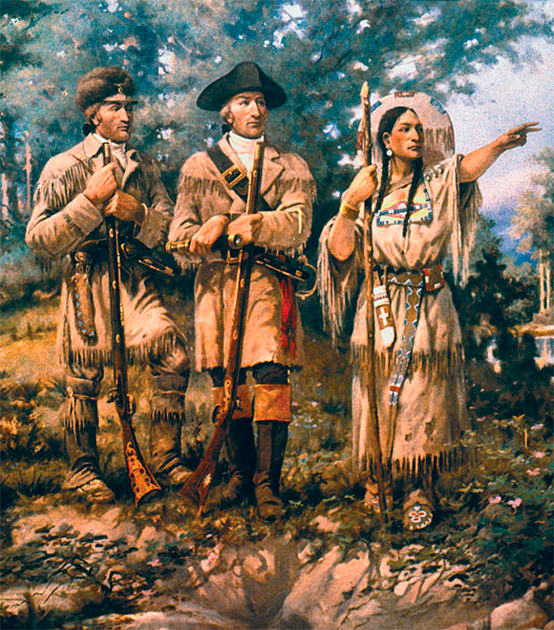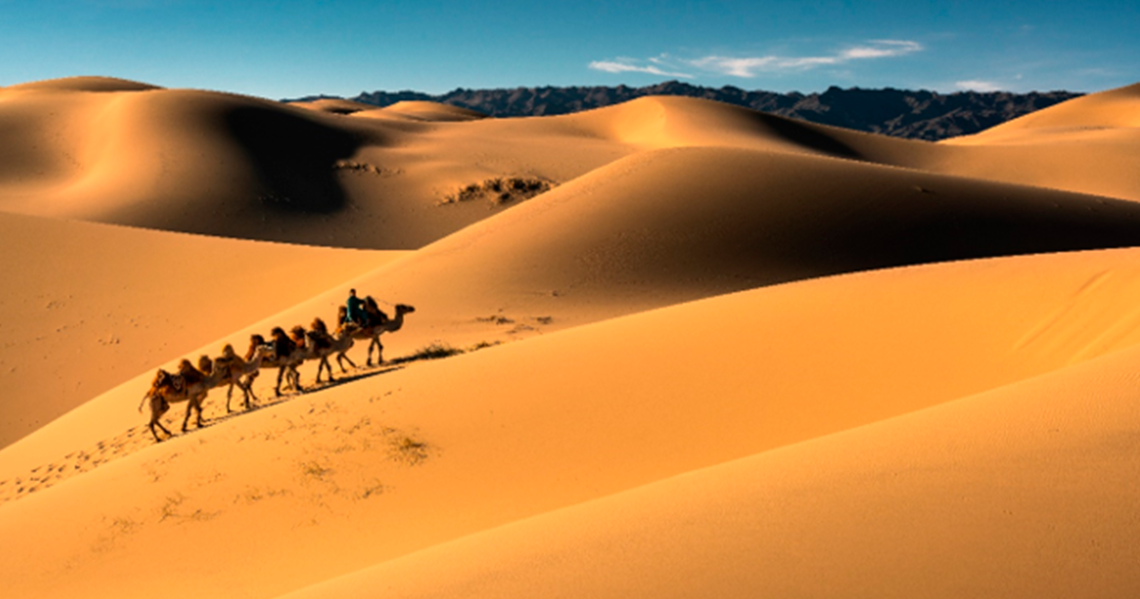Expeditions have always been an integral part of human history, driving us to explore new frontiers and discover the unknown. From the ancient expeditions of our ancestors to modern-day scientific expeditions that explore the depths of the oceans and the farthest reaches of space, these journeys of discovery have captured our imaginations and pushed us to reach new heights. Each expedition is a testament to the human spirit of curiosity and exploration, and the incredible feats of courage and ingenuity that have been achieved in pursuit of knowledge and discovery. Here are 8 of the greatest expeditions from history and the brave explorers who led them.
1.Ibn Battuta – The 20 Year Expedition
Ibn Battuta , born in 1304 AD, was a Moroccan explorer and traveler who conducted one of the most impressive expeditions of the medieval period. In an expedition that lasted over twenty years, he traveled over 750,000 miles and visited almost every Muslim country in the world.
It all began in 1325 when, at the age of 21, Ibn left his home in Tangier and set out on his first journey, the holy Hajj pilgrimage to Mecca. After leaving Mecca he traveled to various parts of the Islamic world, including Syria, Iraq, and Persia. Having visited much of the Muslim world, Ibn then set his sights further afield. He traveled to India, where he spent several years in the court of the Delhi Sultanate, and then headed to China, East Africa, and the Maldives.
Ibn recorded his expeditions in his book, Rihla. In the book, he gave detailed accounts of all the places he had visited, the people he met, and the cultures he had come across. Even today historians and anthropologists use his observations on the customs and traditions of these people in their research.
Ibn’s expeditions were so significant because they helped encourage cultural exchange and trade between the Islamic world and the other regions he visited. His travels also spread Islamic culture and civilization to other parts of the world.
Ibn Battuta made a brief visit to the Persian-Azari city of Tabriz, Iran in 1327. (Eвгений Ардаев / Public Domain )
2.Marco Polo – To Asia and Back
One of the most famous explorers of all time, Marco Polo was born in Venice in 1254. He started out life as a merchant before increasingly focusing on his expeditions. Over his life he traveled over 15,000 miles and visited regions all over Asia including China, India, and Southeast Asia.
Not much about Marco’s early life is known, except that he spent much of it in Venice. What we do know is that in 1271, at the age of 17 Marco, his father and his uncle set sail for Asia. This was the beginning of his Asian expedition. They traveled along the Silk Road for four years until finally reaching their goal, the court of Kublai Khan , the ruler of the Mongol Empire. The Khan was impressed by the intelligence and humility of the young adventurer before him and made him a trusted advisor and diplomat. The Khan tasked him with numerous missions such as trade negotiations and diplomatic missions to other parts of Asia.

Marco Polo reached his destination reaching the court of Mongol ruler Kublai Khan and was made advisor. ( CC BY 2.0 )
Marco recorded accounts of his adventures in his book, The Travels of Marco Polo . Much like Ibn’s work, Marco detailed the places he had seen, the people he had met, and the cultures he had interacted with. In particular, his depth of knowledge of China and its customs were invaluable to European explorers and traders who hoped to interact with the exotic East.
The Khan was unwilling to let Marco and his family return to Europe but finally gave them permission to leave his court in around 1291. Marco’s expedition finally ended in 1295 with his return to Venice, after 24 years, an extraordinarily rich man.
3.Alexander the Great – Ancient History’s Greatest Military Expedition?
Not all expeditions were as peaceful as those of Ibn and Marco. Alexander the Great is one of the most famous rulers in history and certainly one of the most famous rulers of ancient times. He was a renowned military leader and conqueror who embarked on one of the most remarkable military expeditions of ancient times.
In 334 BC, after unifying Greece under his rule, Alexander led a Greek army across the Hellespont into Asia Minor. In doing so he began a campaign of conquest that stretched all the way to India.
Long military expeditions are grueling, and it takes a special kind of leader to undertake them successfully. Alexander’s expeditions were characterized by his brilliant military tactics and his ability to instill loyalty and devotion among his soldiers. This trait led to his defeat of the Persian Empire in a series of brutal battles, including the Battle of Issus in 333 BC and the Battle of Gaugamela in 331 BC. After defeating Greece’s old nemesis, Alexander focused on expansion. He continued his expeditions through Egypt, Syria, and Mesopotamia until his Empire stretched from Greece to India.
The importance of Alexander’s expeditions cannot be overestimated. They helped to spread Greek culture and civilization across the world. Many of the cities he founded, like Alexandria, became vital centers of learning and commerce. Ultimately his blending of Greek and local cultures paved the way for the development of Hellenistic culture in the East.
4.Sir Francis Burton and John Speke – Clashing Over Discoveries
Some of history’s greatest explorers have come as duos. Take for example Sir Francis Burton and John Speke, two British explorers who undertook various expeditions in Africa during the 19th century.
In 1856, Burton and Speke set out with the goal of discovering the source of the Nile , the world’s longest river. They traveled through East Africa, facing numerous deadly challenges. Some of these were natural, deadly diseases and treacherous terrain, and some were cultural, hostile tribes not used to western explorers.
Along the way, they discovered Lake Tanganyika, one of Africa’s largest lakes, and recorded invaluable information about the customs and cultures of the local people they had encountered during their expedition.
In 1860, the two men set out on their second expedition. This time they found Lake Victoria, Africa’s largest lake, and declared it as the source of the Nile. Unfortunately, this discovery caused a split in their partnership over who should receive the credit. It was actually Speke who had first reached the lake, as part of a solo excursion attached to their wider expedition. Upon finding this out, Burton was outraged that he had been upstaged by his less charismatic companion. Burton felt they should share the credit, which led to the two men having an almighty falling out.

Lake Victoria, Africa, is the second largest freshwater lake in the world and the source of the Nile river. (Thomas Fuhrmann/ CC BY-SA 4.0 )
Sadly, Speke died not long after in a hunting accident and the feud was never resolved. Even worse, Burton spent his remaining years doing his best to tarnish Speke’s reputation, painting him as an unscrupulous and disloyal man. In reality, documents found in the last few years turned this image (long accepted by historians) on its head.
Today, Burton is the more famous of the two men and receives most of the credit for their discoveries. In reality, it seems both men deserved equal fame for their adventures. Their expeditions helped expand the boundaries of human knowledge and paved the way for future explorers and scientists to study the African continent.
5.Lewis and Clark- Opening Up Western America
In a world of cars and planes it is hard to fathom the sheer size of the United States and how long it took to fully explore. Lewis and Clark were two American explorers who set out to do just that. They led the first expedition, known as the Corps of Discovery, to cross the western portion of the United States.
It began in 1804 when president Thomas Jefferson commissioned them to explore and map the western territories of the U.S. and to try and establish trade relations with the Native American tribes who lived there. The two-man set out from St. Louis Missouri, and with a team of fellow explorers, traveled over 8000 miles (nearly 13000 km) across the western portion of the U.S.
On the way, they encountered new landscapes, flora and fauna, and various native American tribes. Their journey took them up the Missouri River and over the Rocky Mountains until they finally reached the Pacific Ocean in 1805.
The expedition was so important because it helped to open up the western territories of the United States for settlement and trade. Their maps and scientific discoveries provided valuable information for future explorers and, eventually, settlers. The United States literally wouldn’t be what it is today without them.

Lewis and Clark at “Three Forks”. Sacajawea (on the right) was a Lemhi Shoshone woman who helped the Lewis and Clark Expedition in achieving their mission by exploring the Louisiana Territory. (Public Domain )
6.Xuanzang- The Wandering Monk
Much like Ibn, Xuanzang’s journey was equal parts expedition and pilgrimage. The Chinese Buddhist monk set out on an amazing journey during the 9th century AD that saw him travel from China to India in search of Buddhist scriptures. The journey, which took him 16 years, is now regarded as one of the greatest Buddhist pilgrimages of all time.
Xuazang’s story began in 629 AD when he left Chang’an (the capital city of China’s Tang dynasty). He first went westward and crossed the Gobi desert and travelled through Central Asia. His journey was a long and arduous one and he had to contend with extreme weather, hostile tribes, and dangerous terrain.
Once he reached India, Xuanzang traveled to many important Buddhist sites including Bodh Gaya (where the Buddha attained enlightenment) and Nalanda (a famous Buddhist university). On his travels, he met with many renowned Buddhist masters and scholars, like the great Indian monk Shilabhadra, learning as much from them as he could.
16 years later Xuanzang returned to his home in China. He carried with him over 600 Buddhist scriptures, which he had translated into Chinese. These translations helped to spread Buddhist teachings across China and his expedition inspired many of his Chinese contemporaries to embark on their own pilgrimages to India.
7.Sir Ernest Shackleton – The Doomed Expedition to Antarctica
There are still a handful of regions of the world where man has barely set foot. Of these, the two most difficult to explore are perhaps the North and South Poles. Freezing conditions, sparse flora and fauna, and frozen seas made expeditions next to impossible for centuries.
Enter Sir Ernest Shackleton, a British explorer who led a number of important expeditions to the Antarctic during the 20th century. His most famous expedition was the doomed Endurance expedition of 1914-17 which got off to a poor start when his ship, The Endurance , was trapped by ice and sank, leaving Shackleton and his crew stranded for months.
Shackleton and his men demonstrated brilliant resilience and determination, using their survival skills and human ingenuity to endure the deadly Antarctic environment. They ultimately made their escape in small boats and landed on the uninhabited Elephant Island. From there, Shackleton led a small crew on an even more dangerous journey. They traveled across the Ocean until they reached South Georgia Island, where they were finally able to get help and rescue the remainder of their crew. The expedition was a success on two fronts. It demonstrated that with enough determination and with good leadership humans can survive in the harshest of environments and it contributed to our scientific understanding of the Antarctic region.
8.Burke and Wills – Australia’s Failed Expedition
Sadly, not all expeditions are successful, and this often comes with tragic consequences. Perhaps history’s most famous failed expedition is that of Burke and Wills, two Australian explorers who embarked on a journey to cross the continent of Australia in the 1860s.
Their expedition was funded by the Royal Society of Victoria and was meant to investigate the country’s interior and establish a route for a telegraph line to connect Australia to the rest of the world.
It began in the August of 1860 with Burke and a team of men setting out from Melbourne and Wills joining them later. It was no easy journey. They faced dangerous wildlife, extreme heat, lack of water, and difficult terrain. As the old joke goes, everything in Australia wants to kill you. Despite all of this, the expedition got off to a strong start. The team made substantial progress and established various camps and supply depots along the way.
Things turned upside down, however, when Burke made the decision to push ahead with a small group, leaving the rest of the team in the dust. Everything went wrong and the group became lost. Setback after setback piled up, and soon, so did the bodies. The expedition ended with Burke and Wills succumbing to starvation and exhaustion. A tragic reminder of how dangerous expeditions can be.

The route of the expedition by Burke and Willis. (Rocketfrog/ CC BY-SA 3.0 )
Conclusion
Throughout history, expeditions have been launched to explore new territories, discover new resources, and learn more about the world around us. From the daring expeditions of early explorers to the modern scientific expeditions that seek to uncover the mysteries of the natural world, these journeys of discovery have played a critical role in shaping human history and advancing our understanding of the world.
Today, expeditions continue to play a vital role in shaping our world, from scientific expeditions that explore the depths of the ocean to expeditions that seek to preserve our natural resources and protect our planet for future generations. These journeys of discovery remind us of the limitless potential of human ingenuity and the importance of working together to explore and protect the world we share.
Top image: Xuazang crossed the Gobi Desert and through Central Asia. Source: peerasit/By Adobe Stock
